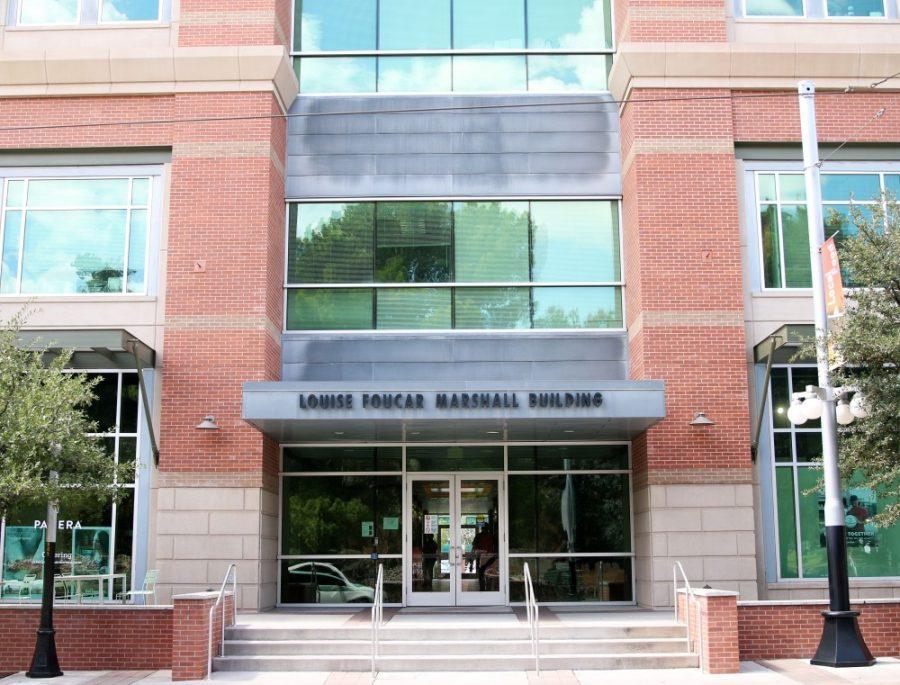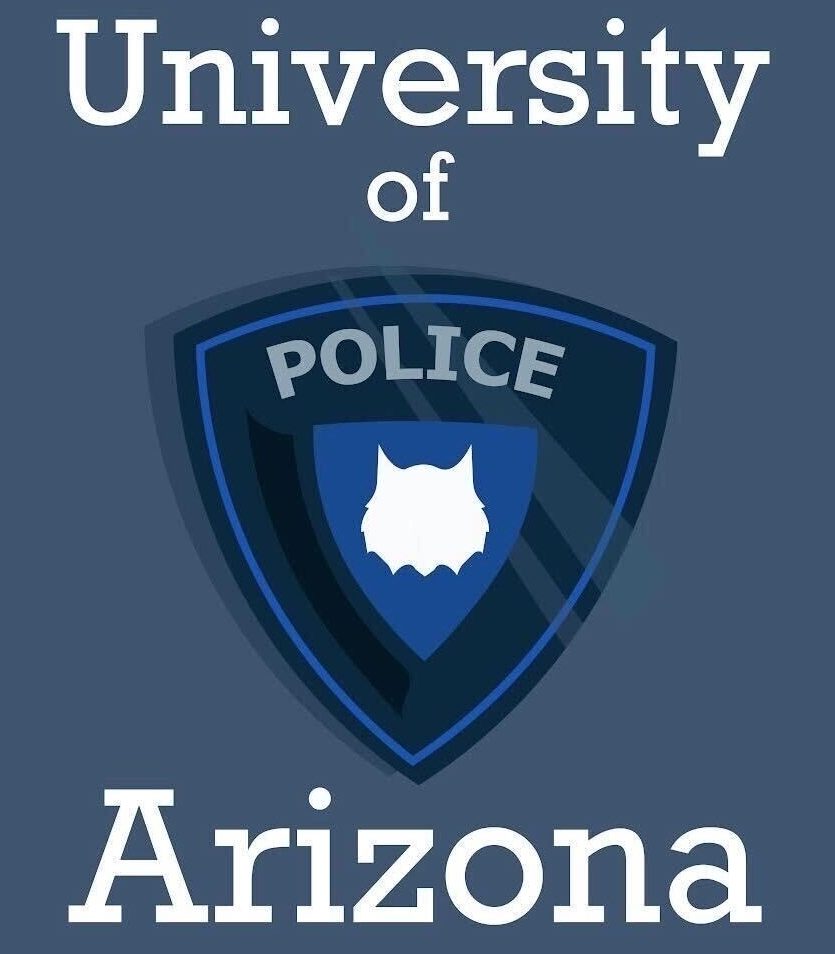Ever wondered who that five-story building on the northwest corner of Park and University belonged to? Well, it’s named eponymously after the Marshall Foundation, founded by Tom and Louise Marshall in 1930.
The foundation has donated $1.5 million to charitable organizations in Tucson and Pima County in the past year. Due to the foundation’s close relationship with the University of Arizona, approximately half of the $1.5 million goes directly to the UA to be put toward scholarships.
“Our relationship with the University of Arizona is great. Our founder saw it as a place of opportunity and our university excels at so many things, so it’s easy for us to support them,” said Jane McCollum, general manager of the foundation.
Louise Foucar Marshall started the foundation in 1930 with the purpose of creating a permanent scholarship fund to help students attend the UA. Thirty years before the foundation even began, Marshall had enacted change on campus by becoming the first female professor at the UA. One year later, Marshall was named the head of the Department of Ancient and Modern Languages.
While teaching at the UA, Marshall used her talent for business to come up with the idea that ultimately initiated the Marshall Foundation. Marshall decided to buy and develop land and use the rental income from those sites to fund student scholarships.
RELATED: Cause behind Auld Dubliner closure remains a mystery
In 1903, Marshall resigned from her teaching position at the UA to focus solely on her plan. By 1930, Marshall had earned sufficient enough revenue from developing properties to create the Marshall Foundation, a private, not-for-profit corporation.
As a non-profit, the foundation is required to, yearly, donate five percent of its net worth. The foundation is reappraised every five years, which has allowed it to increase its giving due to the high value of commercial real estate near the UA.
“Our tenants are really important to us and we want them to be successful, because that allows us to make our, required by the IRS, contribution as a nonprofit,” McCollum said.
The foundation owns and manages most of the property in Main Gate Square aside from No Anchovies, Frog and Firkin, Illegal Pete’s and Grand Central Clothing.
“We want them [the businesses the foundation leases to] to be active, we want them to be a destination,” McCollum said.
The foundation also redeveloped Main Gate Square starting in 1989, at the request of the UA.
“We redeveloped it for the purpose of giving more, but now it looks good, its active and it should stand the test of time,” McCollum said.
The money the foundation donates continues to come solely from the properties it leases out. Aside from donating to the UA, the foundation also donates to other charities with focuses on early childhood development, education, arts and culture and social services.
RELATED: UA grad Caitlin Sing opens escape room, Fox in the Box with Husband
“Those things lift our own citizens in Pima County out of poverty,” McCollum said.
The money donated to the UA for scholarships also has a specific focus; it is put toward scholarships for need-based undergraduates, the Arizona Assurance Program, graduate fellows and nursing students who were initially part of Marshall’s early scholarships. The majority of the scholarships are for Arizona students who attend the UA.
“We give them [UA] the ability to work with that money so that they can do what we believe is important: for students to graduate with as little debt as possible,” McCollum said.
Alessandra DeZubeldia, a junior at UA, has been a part of the Arizona Assurance Program since she began freshman year. The program provides financial aid and support services to its recipients.
“Without Arizona Assurance, I probably would’ve gone to college, but I would have had to take out a lot of loans that would’ve set me back with debt, making it more difficult to build a life after school,” DeZubeldia said.
Follow The Daily Wildcat on Twitter









